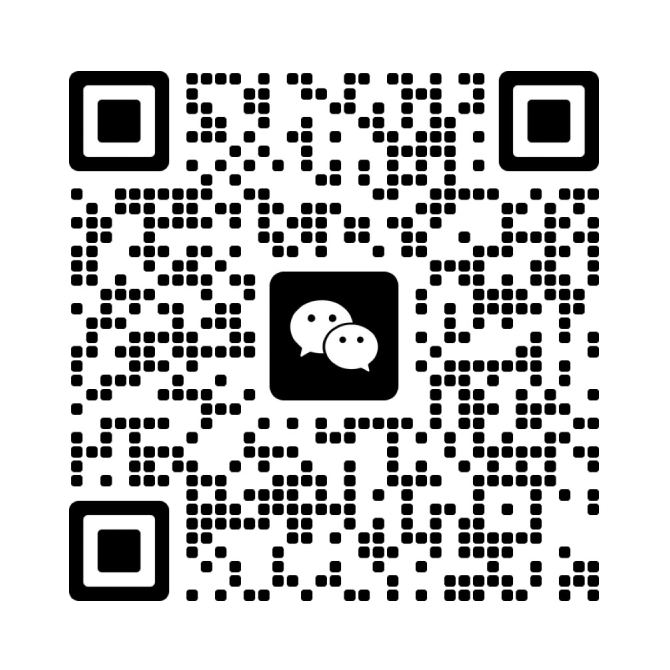

MJF 3D printing is an advanced 3D printing method. It meets the need for accuracy, speed, and growth in today’s manufacturing. It uses powder-based fusion to build parts layer by layer. The result is steady and detailed. For firms making small to medium lots of items, picking the right process matters. It affects cost, quality, and delivery time.
3D printing, or additive manufacturing, has grown a lot. It started as a way to make quick prototypes. Now it creates items from custom medical implants to full houses. Among many options, MJF shines. It helps companies balance cost, strength, and quick turnaround.
MJF vs. Other 3D Printing Technologies
Comparison with SLS (Selective Laser Sintering)
MJF and SLS both use powder bed fusion. Yet they work differently. They vary in speed and output. SLS uses a laser to fuse powder. MJF uses an inkjet array to place fusing agents. Then it adds heat. This gives MJF key benefits:
· Cost Savings: MJF has lower running costs. Print cycles are quicker. Material reuse is higher.
· Growth Potential: Momaking's industrial-grade 3D Printing Machine handles big print volumes. It can print large items or many parts at once. This fits batch production and big equipment needs.
· Material Choices: Both use nylon. MJF adds options like TPU and full-color types.
Why MJF Is More Suitable for Small to Medium Batches
MJF can print many parts in one build. This makes it great for small to medium lots. Compared to Fused Deposition Modeling (FDM), it needs fewer supports. Print times are shorter. Stereolithography (SLA) fits high-detail prototypes better. It is less ideal for working parts. MJF offers a solid middle path. 3D printing is now a top choice for mass output.
How Multi-Jet Fusion Works
Step 1: Powder Layering The process begins. A thin layer of powder—usually nylon—spreads over the build platform.
Step 2: Inkjet Head Operation An inkjet array moves across the powder. It drops fusing and detailing agents where the part shape will be.
Step 3: Heat Application A heat source goes over the bed. Powder with fusing agent melts. It hardens into the shape.
Step 4: Powder Removal After cooling, loose powder is taken away. It can be saved and reused later. This boosts green practices.
Step 5: Post-Processing Parts get cleaned of extra powder. They move to finishing steps if needed. Unused powder goes to a separate station. This keeps the process eco-friendly.
Materials Compatible with MJF
MJF works with many engineering-grade materials. They suit function and looks:
· Rigid Plastics: Nylon PA11 gives great flexibility. PA12 offers strong stiffness and chemical resistance. Polypropylene (PP) brings bend and fatigue strength.
· Flexible Plastics: Thermoplastic polyurethane (TPU), like Estane 3D TPU M95A, allows rubber-like parts.
· Color Options: MJF — Black Nylon Materials are common. Full-color Nylon 12 works for visual models or brand items.
Advantages of MJF for Small to Medium Batch Production
Cost-Efficiency
MJF stands out for value. MJF 3D printing models can be fully custom. They match client needs. Surface treatments need no molds. This cuts custom costs a lot. Unused powder gets reused. Waste drops. Cost per part falls.
No Need for Support Structures
FDM often needs many supports. They must be removed by hand. MJF uses a powder bed for support. This cuts work time and after-print steps.
Superior Mechanical Properties
MJF parts show even strength in all directions. Accuracy is high. This fits working prototypes or final parts that face stress or wear.
Full-Color Printing
MJF prints full color right away. No extra paint or coating. This changes the game for branding, labels, or clear looks.
Short Lead Times
The fast layering lets makers print hundreds of parts in hours. With smooth workflows, 24-hour delivery is possible.
Post-Processing for MJF Parts
After printing, excess powder is blown off or vacuumed. For better surface, media tumbling smooths it. Vapor fusion seals holes and improves look.
Compared to SLA or FDM, support removal or curing takes more time. MJF post-steps are simple. This speeds up batch cycles.
Disadvantages of MJF
Limited Material Range
PA11, PA12, PP, and TPU cover many needs. Yet MJF has fewer choices than FDM’s wide filament list. This may limit use in niche areas needing rare polymers or mixes.
Surface Finish
Accuracy is top-notch. Fresh prints can feel a bit rough compared to SLA. Finishing like vapor smoothing fixes this if required.


Why MJF is the Best Option for Your Production Needs
For small to medium runs, MJF meets most needs:
· High growth via multi-part printing at once
· Quick speeds cut wait times
· Strong mechanical traits ensure lasting use
· Full-color option boosts visual appeal
· Little after-work saves time and labor
3D printing has key steps. First, create a digital model with CAD software. Then slice it into thin layers. The printer builds layer by layer from the model. This precision and repeat makes MJF perfect for reliable short-run work.
Momaking’s MJF 3D Printing Services
Momaking provides top mjf 3d printing services. We focus on small to medium lots. 400+ industrial-grade 3D printers handle tight deadlines. Clients get 24-hour delivery. 100% SLA, SLS, MJF, SLM and other processes let solutions fit by use or field.
Momaking's machines offer high precision. We have huge build size and broad material use. Performance is steady and dependable. For prototypes or end parts in tens or hundreds, Momaking delivers steady quality.
Expert support and wide materials come at fair prices. Momaking is your go-to partner for mjf 3d printing in production.
FAQ
Q: What is Multi-Jet Fusion (MJF) 3D printing?
A: Multi-Jet Fusion (MJF) uses inkjet arrays. They place fusing agents on powder. Heat follows to form solid parts. It is known for speed, low cost, and quality functional parts in small to medium lots.
Q: How does MJF compare to other 3D printing technologies like SLS?
A: MJF beats SLS in print speed and material reuse. It allows full-color parts. No supports are needed. This makes it better for batch functional parts.
Q: What materials can be used with MJF 3D printing?
A: MJF uses Nylon PA11, PA12, PP, and TPU. These give strong traits for function and looks. Full-color Nylon 12 suits branding and prototypes.
Q: What are the advantages of using MJF for small to medium batch production?
A: MJF brings cost savings, fast speeds, strong properties, and full-color prints. No supports and low post-work make it ideal for quick, dependable small to medium lots.

 中文(中国)
中文(中国) 



